Precision agriculture with Deep Sand Technology
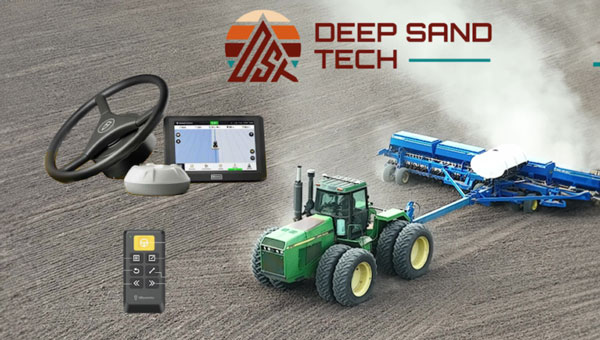
An exclusive interview with Joey Koebelen, Founder and CEO at Deep Sand Technology. Read the full story and additional exclusive interviews here.
When and why did you found Deep Sand Technology?
About five years ago. I was looking for an affordable RTK system. I was on a smaller farm and had older equipment. I did peanuts. I needed 7-inch accuracy. I looked around. It was $20,000 a system, plus yearly fees, and they didn’t always work on older tractors. So, I came across the FJDynamics system, and I was the first person in the United States to buy it. I was blown away, because it was a third of the cost of other RTK autosteering systems and great quality. John Deere, Trimble, Outback and Ag Leader asked me what I thought about it and, at the time, the only thing I lacked was some interface changes to make it more user friendly.
They asked me if I wanted to be an engineer for them to make it happen quicker and work directly with the other engineers. So, I did that for about nine months, and then really saw the opportunity of an affordable high precision auto steering system that could really change the world for farmers. For once, the technology was simple enough to be sold remotely. So, I started selling systems across the United States. Once guys tried it, they were blown away. The also realized that I support everything. Who knows how to support a farmer better than a farmer? So, I built my team directly from that.
Then, as we kept growing, we got in partnership with GEODNET because we had to use radio bases, which were nice but were limited and a little hard to troubleshoot remotely sometimes. Once I heard that they were trying to get RTK in rural areas, it was a no brainer, because that’s where our farmers are. It would help farmers. It got more guys into high precision RTK because there are many farmers out there using autosteer, but they never could afford to use true RTK precision. Now that we’re offering that affordable cost, we can help farmers save time and money.
We’re also going to follow the guidelines on some of these environmental practices that are being pushed. Deep Sand Technology will always sell precision agriculture technology. Anything that we sell you can trust because it has been tested and used by a farmer and is supported by a farmer. We always offer a buyback guarantee.
As a peanut farmer, what was your accuracy requirement?
I needed repeatable 1-inch accuracy, which required RTK. Peanut farmers may plant with RTX or SF3, but satellite-based corrections, even higher precision ones, didn’t provide them enough repeatability to come back in to harvest. So, they still had to adjust their lines or hand-drive them. If the spacing between passes are off by even two to three inches, you’re going to lose peanuts. That’s why peanut farmers — as well as growers of potatoes, cucumbers, and other crops — need RTK.
How dense does the network of base stations need to be?
GEODNET is the largest RTK network in the world. They want to expand into rural areas. As we get customers in these rural areas, if they don’t have a base there, we’re able to offer them one. If they keep power and WiFi to it, they get free RTK. That’s going to strengthen our coverage across the United States and the world.
One base can cover up to 21 miles. So, my base covers me and anyone in that area. That’s for 1-inch accuracy but you still have precision accuracy outside of 21 miles.
There are many overlapping circles, each with a 21-mile radius?
Yep. As I said, that is for 1-inch accuracy. There are many things that don’t always need that accuracy. I have guys that will use it up to 40 miles from the base station. There are 10,000 base stations across the world. We enter the location on a map and often, right now, if it’s a rural area and there aren’t a bunch of bases in there, we include one in their package. That way we can keep strengthening the RTK network.
In the past, many people did not want to use RTK, because it was not very affordable nor easy. However, now that we have these networks, you’re going to see a lot more people rely on the precision of RTK and you’re going to see many new products come out.
Besides peanuts, which crops need the highest accuracy? What are the next two or three levels in accuracy requirements?
I have this conversation daily with farmers. All crops or farm practices benefit from RTK, even if you’re just doing hay work — no matter whether you’re planting or harvesting. We can’t control the weather, commodity prices, or fuel prices but we can reduce input costs. So even if you’re just tilling, tem, like RTK, will pay for itself and is better than using traditional autosteer, because you’re eliminating all overlap.
USDA is spending hundreds of millions of dollars to promote farm practices that need RTK. I’m working with the USDA right now to release these programs that express why RTK plays such a factor, because it’s huge. For example, how do you reduce your chemical and fertilizer costs? The simplest way is to not overlap. Also, with accurate repeatability you can take soil samples and map them. So, now guys can adjust their fertilizer or the chemical rate off these samples, but to do that efficiently they need RTK.
The need for WiFi puts farmers are at the mercy of the big telecom companies.
You don’t need WiFi in the field. You need WiFi for the base station to communicate and we haven’t found an Internet connection that isn’t quick enough to handle that. From there, you can use your hotspot with a SIM card on your phone, and it’s like texting, so it will not drop like with voice calls. We haven’t run across rural areas where cell coverage is the limiting factor.
So, there’s enough coverage everywhere for the base station to get online.
A base station normally has a Starlink connection or whatever Internet connection you have at the house. Starlink is pretty popular nowadays.
How is the adoption of RTK going? Is GEODNET the 800-pound gorilla right now?
Yeah, that’s my opinion. Right now, RTK is getting more adopted, because even John Deere, Trimble and other major brands that are more expensive are trying to make the tier below RTK more affordable or easier to get — for example, RTX, SF3, the satellite-based corrections. We’re having a huge trend, because our price for RTK is lower than Trimble’s or John Deere’s basic entries, which use free satellite signals that drift throughout the day.
Drones are becoming a big thing. I’m starting to see in-row cultivators. There are snowplows, a lot of autonomous options. Plus, I see a lot of construction surveying. We’re about to jump off into that. GEODNET is at the front because one their goals, to offer affordable RTK, aligns with farmers and nobody else really has that.
What about the blockchain aspect of GEODNET?
I think it’s a good program. Farmers would rather have the RTK. We handle the blockchain and use it for maintenance. We have someone that checks every day and makes sure that the bases are up. We log people in if they need another log in. We do the support on it. Instead of charging for that, we take the tokens; that’s just our part of the program, and they get free RTK. It’s a good program and it incentivizes other people. Farmers are skeptical when you start talking about blockchain or crypto. We want them to understand why the RTK data is important.


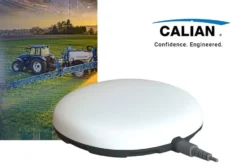
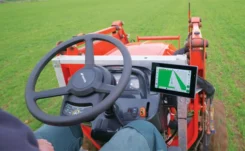

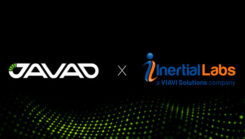




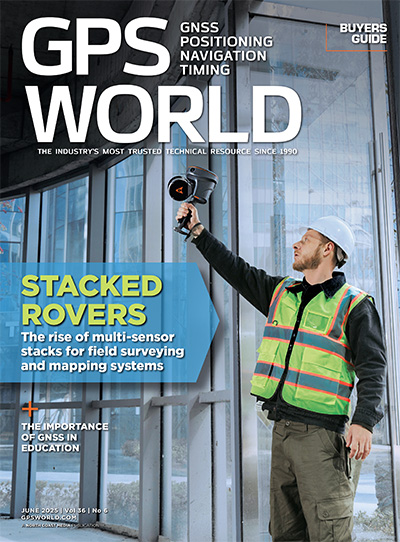






Follow Us